Nature is a great therapist. I’ve known this all along, but it was instilled even more this summer on a five-day river trip down the Green River’s Gates of Lodore canyon with my daughters—Brooke, now 24, and Casey, 20. While I’ve taken them on family adventure trips in the great outdoors their whole lives, this one held special meaning.
Last October, while on a six-week van camping/surfing trip in New Zealand, Brooke and her longtime boyfriend Nick, 25, were hit by an oncoming car, killing Nick and leaving Brooke in a hospital halfway around the globe. A single instant shattered their life together—their plans of moving to Santa Barbara, and eventually building their dream home and raising a family back in our hometown of Steamboat Springs, CO. The past year has been heart-wrenching for everyone.
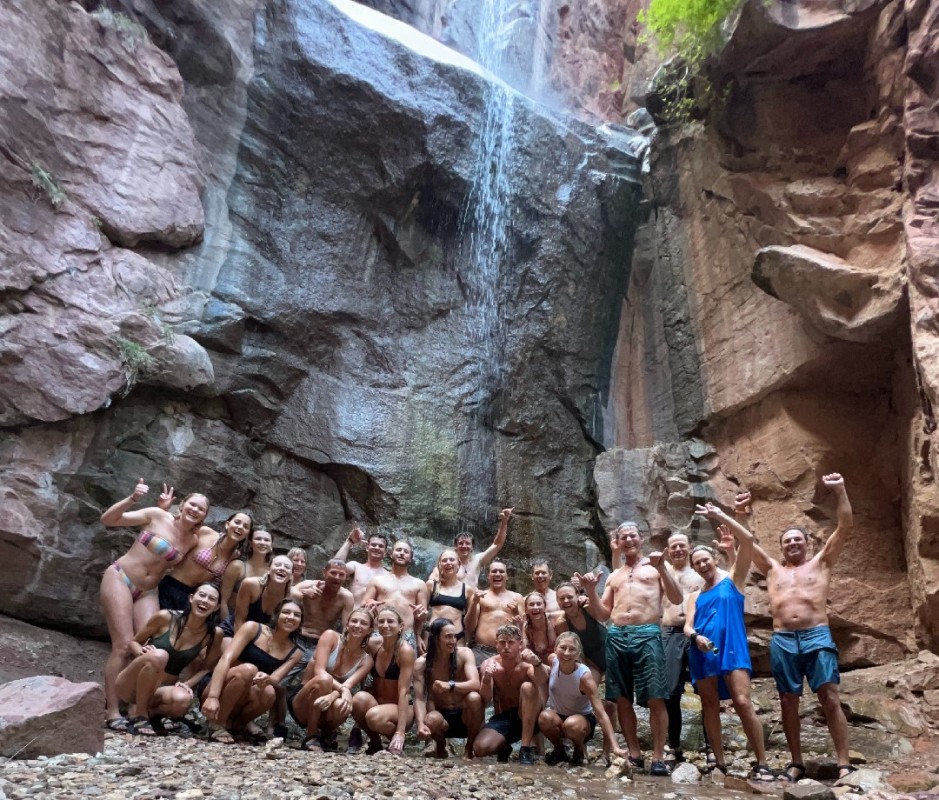
Eugene Buchanan
On this summer’s trip, Brooke brought along a large group of her and Nick’s closest friends—all mountain town-reared kids. It was filled with the usual river revelry—campfires, guitar playing, river games, rapids, floating barge parties, cliff hucks, and more. At a camp called Rippling Brook, we hiked up to a waterfall, had a moment of silence, and then threw in small pieces of jade in an impromptu ceremony orchestrated by Nick’s mom. When he wasn’t surfing, Nick had loved free diving for jade in Big Sur. Tears flowed with the water as we then formed an impromptu conga line through the cascade. Being outside like that helped us all.
“Nature Deficit Disorder” Is Real
Unfortunately, not all kids are lucky enough to have easy access to the outdoors or a family that facilitates it. While the Outdoor Industry Association reports outdoor participation growing 2.3 percent in 2022 to more than 168 million participants, too many kids are still spending more time on their screens than out under the sky.
Related: 10 National Park Tours That Live Up to the Setting
That same national report notes the number of children (ages 6-17) participating in outdoor recreation fell by 500,000. The number of annual outings for families with children has also declined nearly 25 percent over the past decade. In a recent survey of orthopedic surgeons, NPR even found that doctors are treating far fewer broken bones among today’s youth and more repetitive motion injuries.
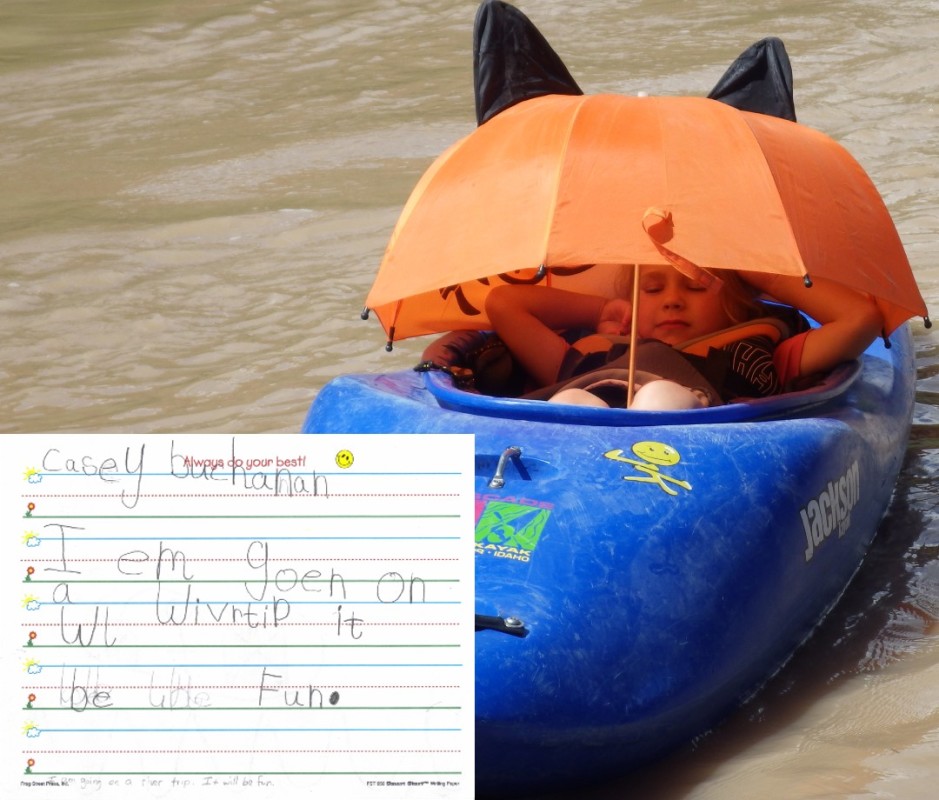
Eugene Buchanan
Youth participation is important, the study maintains, for its mental and physical health benefits as well as leading to more adult participation, which helps carry it forward to the next generation. An earlier report by the Outdoor Foundation found that most youth are introduced to outdoor activities through their families, and that “reconnecting youth with the outdoors is critical to the health of future generations and our natural landscapes.”
Perhaps no one has summed up its importance better than Richard Louv, who coined the term “nature-deficit disorder” in his best-selling book, Last Child in the Woods. In it, he links the lack of nature in the lives of today’s wired generation to rises in such unfortunate childhood trends as attention disorders, depression, and obesity. Indeed, childhood obesity rates have tripled in the past 30 years, according to a Harvard School of Public Health study.
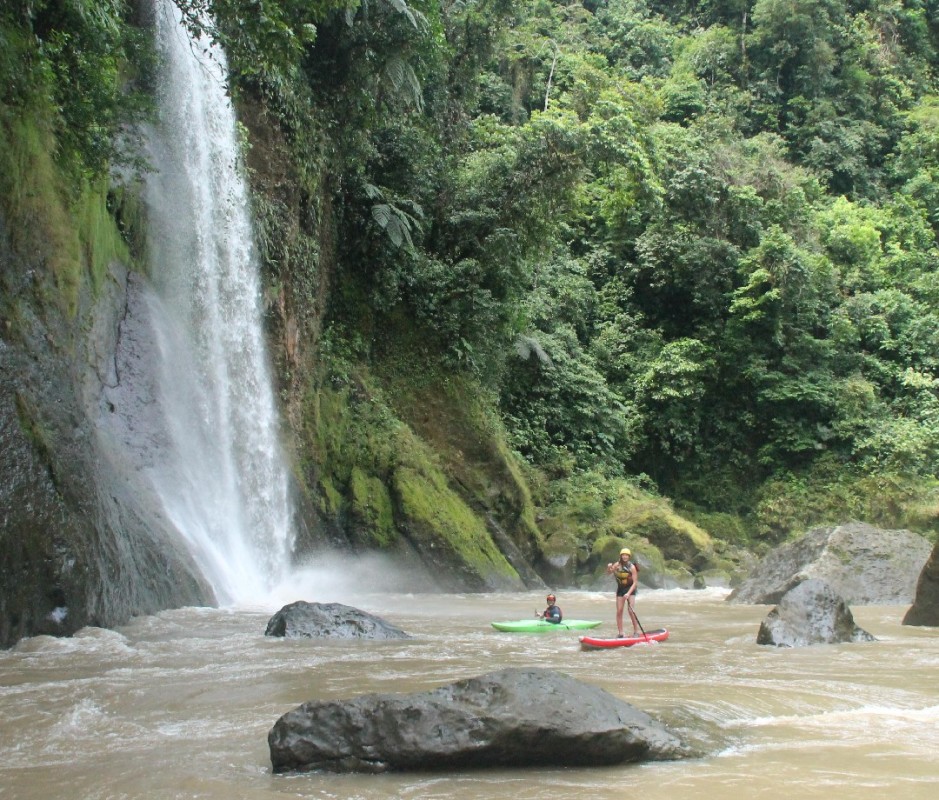
Eugene Buchanan
Sharing Real Experiences
I’m lucky. I was raised before Tik-Tok and smart phones, and was encouraged to play outside. My mom would clang the dinner bell from our back porch to usher in all six of us Buchanan kids from running ramshod in our neighborhood in Boulder, CO. A memorable photo in a shoebox somewhere shows our whole family in a field picnicking and recreating outside—right at home in Boulder bell bottoms, Birkenstocks, and all.
I remember my dad often saying, “Go outside and play in the street with some broken glass.” I think he was kidding—and realize that might not fly with social services—but to his credit he was encouraging us to go outside. Maybe not to Thoreau’s Walden Pond, but at least to the healthy and fun local gutter.
Related: 9 Travel Mistakes Parents Make With Their Kids
The benefits of being outside as a kid are even more far-reaching, leading to richer lifelong memories than watching a movie or going to the mall. In Steamboat, proof of this has been pretty constant while co-raising my two daughters—from picking them up from soccer practice in a raft on the Yampa River to taking them to piano lessons on a trail-a-bike, and delivering them to daycare on cross-country skis.
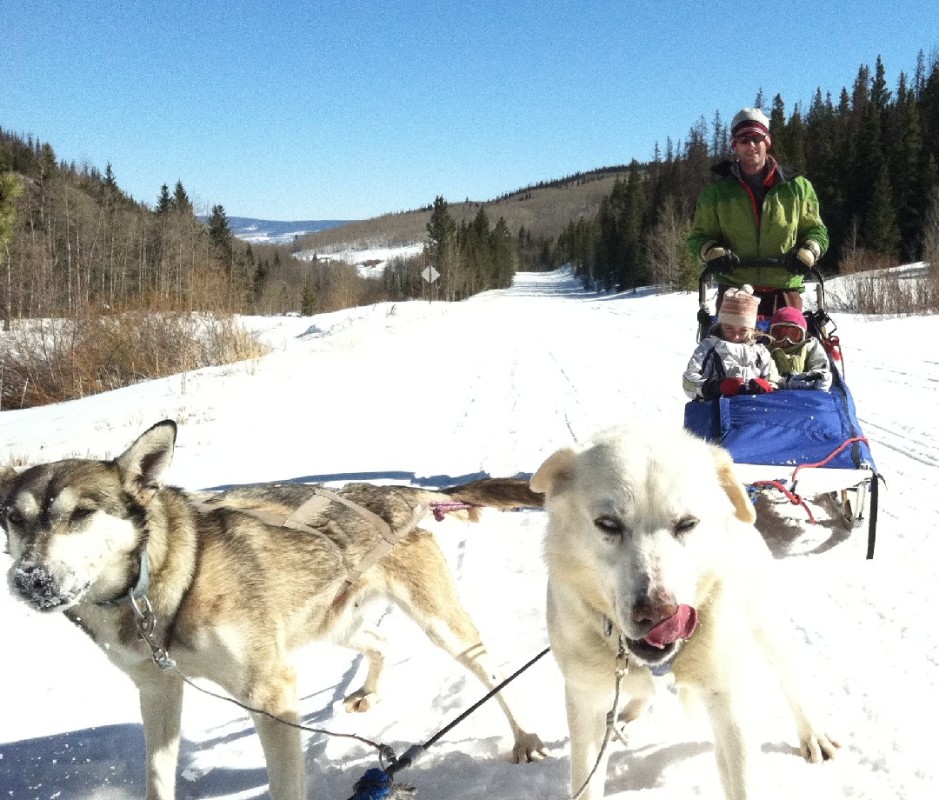
Eugene Buchanan
We’ve also gone far out of our way (literally) to acquaint the kids with the joys, lasting benefits, and (okay) occasional earaches of adventuring off the beaten path.
On an 80-mile sea kayak trip along the southern coast of Crete, I used a windy bay crossing to have that birds-and-bees talk with 16-year-old Brooke, who was stuck in the bow where she couldn’t turn to see me. After a lame, virtual high school COVID graduation, I took Casey and a dozen of her friends on a three-day graduation river trip down the Colorado River’s Ruby-Horsethief Canyon, complete with a mock ceremony where they stood atop the river toilet (groover), gave a short speech, and each received an official “Mission Viejo Corn Tortilla” diploma. Maybe not the school ceremony they deserved, but you can bet they’ll never forget that dramatic riverside rite of passage.
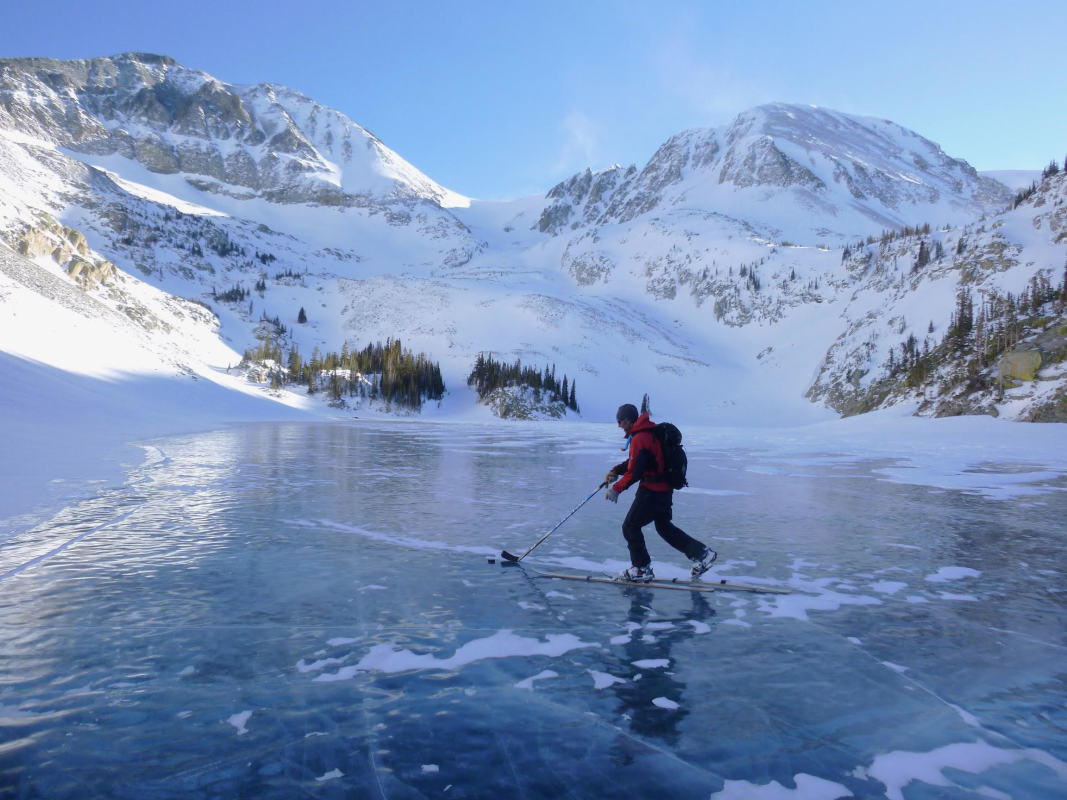
Eugene Buchanan
When Casey’s team missed making the hockey playoffs, a backcountry hut trip took the sting out—especially when I had her and her sister strap skates and sticks onto their backpack so we could shoot the puck around on a high-alpine lake. “This is actually way better than making the playoffs,” they agreed. When one of them was whining from a sore snorkeling ear on a five-day, family kayaking adventure in Belize, we still dragged her into the foreboding Actun Tunichil Muknal cave to witness its famed skeletons in the dark. I’m still not sure what the lesson was on that one—but I’m certain it’s there somewhere.
Related: Urban Whitewater Rafting Parks Are Making a Big Splash
Overcoming Outdoor Inertia
You get the picture. Bringing your kids along on these escapades can be a mountain of work. It means carrying armloads of skis and poles to the hill, rigging Burleys behind bikes, and carrying the lion’s share of the weight on backpacking trips. In the long run—not to mention short one—the dividends are blue-chip and it’s often more doable than you think.
A ton of resources are designed to overcome that understandable inertia—helping to get you and your kids outside. They range from numerous family-related websites like the Outdoor Kid Handbook to youth-oriented non-profits offering their own helpful (and often cost-effective) counsel on how to bust out with your kids of all ages.
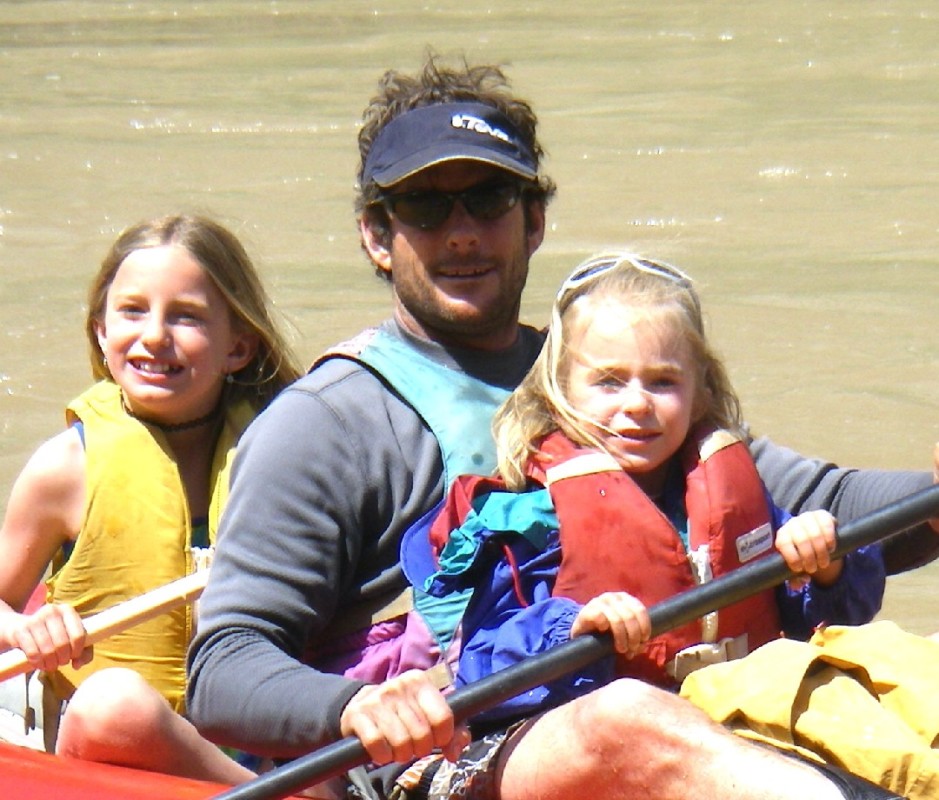
Eugene Buchanan
“When parents have expertise in something like camping, kayaking or bicycling, it’s a wonderful tradition to share it with kids,” says Bobbi Connor, host of radio’s The Parent’s Journal. “Kids might sit in front of the keyboard and screen and be happy in the moment, but they don’t realize what they’re losing. When they’re outdoors connecting with nature, feeling the sunshine or stomping in a mud puddle, it gives them a spontaneous opportunity to create things. It taps into a different part of them than a pre-programmed game.”
The timeless truth and meaningfulness in all of this came flooding back at the waterfall on this summer’s trip to the Gates of Lodore with Brooke and her friends. They’ve all grown into great, healthy, fun-loving young adults who would make any parent proud. I like to think that prioritizing just being outside with them all these years has played a big hand in that. Nick, now riding those endless waves up above where angels always let him drop in, would I’m sure be the first to agree.

